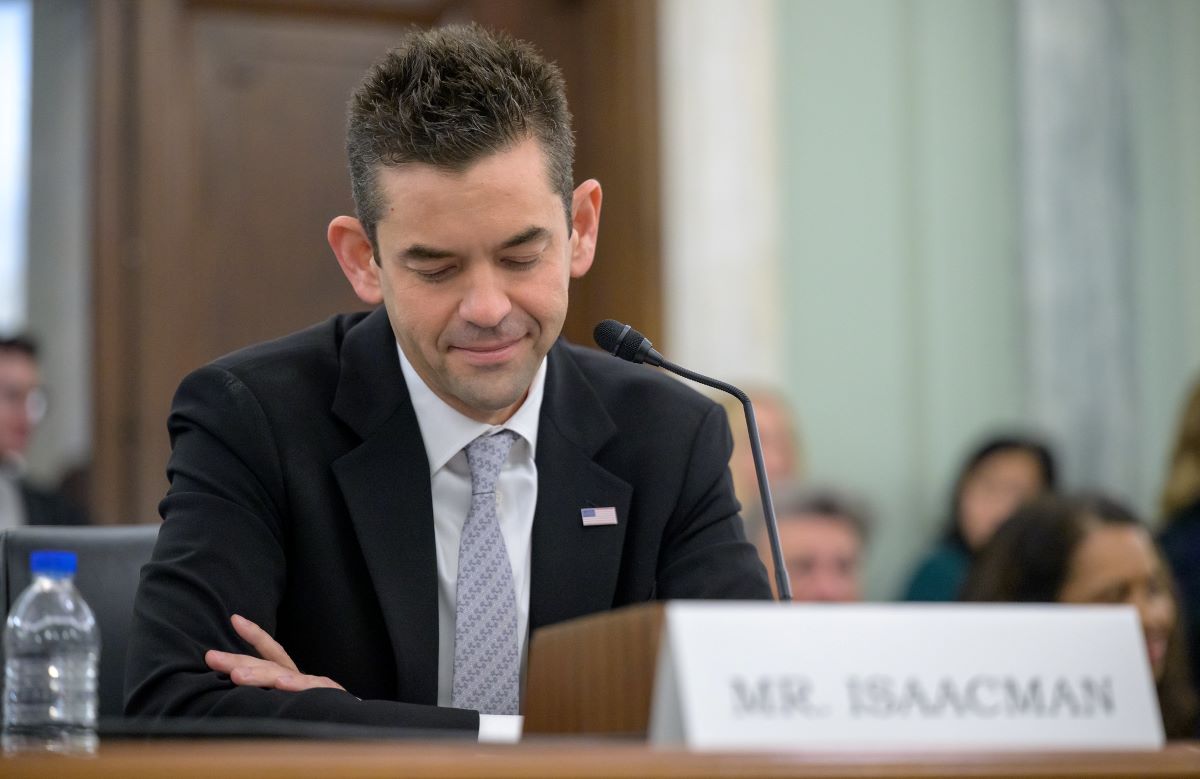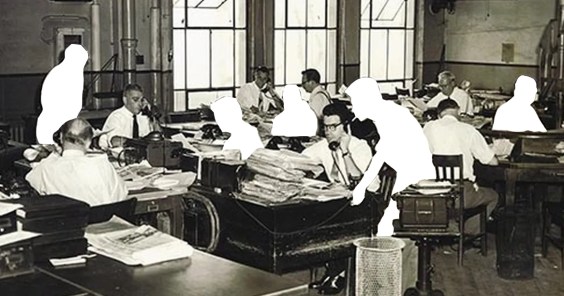Chevrolet's ad for the 2015 Colorado has claimed the title of America's Most Toxic Car Ad — but it's only the tip of a much larger toxic iceberg.
In a decisive championship win, this bad ad won 64 percent of the vote over a rival Dodge spot, and pretty much lost whatever respect Chevy might have had from the Streetsblog audience.
And in a way, it's not much of a surprise — because it's basically a look under the hood of how all automakers manipulate their customers into buying machines that kill.
Of course, car ads alone aren't the only reason why Americans choose vehicles that are designed to kill, dominate, and protect their occupants at the expense of everyone else on the road, even when ending the megacar arms race would make everyone safer.
But U.S. automakers like Chevrolet (and its parent company, General Motors) are all too aware of the toxic, macho, and deeply autocentric world their customers live in — because they spend more than $71 million a year to create it. (And yes: that's before the roughly $35 billion they spend on ads alone.)
They know their customers live in a country where national design manuals literally mandate that roads be built to prioritize driver speed over all road users' safety, where often their best chance of survival is to shelter themselves in the biggest, most heavily armored vehicles they can afford.
They know their customers live in cities and towns where decades of bad land use and transportation policy have rendered their very ability to participate in society contingent upon access to a private automobile — particularly if they live in communities of color that have been deliberately sundered by highways.
They know their customers were raised in a toxic culture where every American resident is subjected to constant material reminders of their place in the hierarchies of white supremacy, hetero-patriarchy, and vast income inequality, and how profoundly vulnerable that makes them to being sold on a lie that promises them any kind of power — even if, at the end of the day, that power is nothing more than horsepower.
But unlike the other industries that have fallen under the scrutiny of consumer protection advocates, like tobacco companies, the primary victims of toxic car ads aren't always the consumers themselves. They're the pedestrians those drivers strike in crosswalks, the cyclists they side-swipe on curbs, the children and wheelchair users they mow down because their hoods are too high to see the road right in front of them. They're the victims of the reckless behavior of drivers across all modes — recklessness which features prominently in roughly half of U.S. car ads, and which researchers say toxic ads can actually inspire behind the wheel in the real world.
At the very minimum, auto advertisers should be forbidden from depicting drivers speeding, swerving, running lights, drag racing through downtowns (yes, even if they're empty), trusting an unproven driver assistance system to protect their fellow road users, or doing anything else that they know is likely to kill in the real world. No microscopic disclaimer text. No unabashed celebrations of roadway aggression.
But here's the hard truth: until walking, biking, micromobility, transit, and using assistive devices to get around are every bit as appealing as a hulking Chevy truck, car violence will likely continue.
And that means fixing our toxic car ads is the very least we can do.






